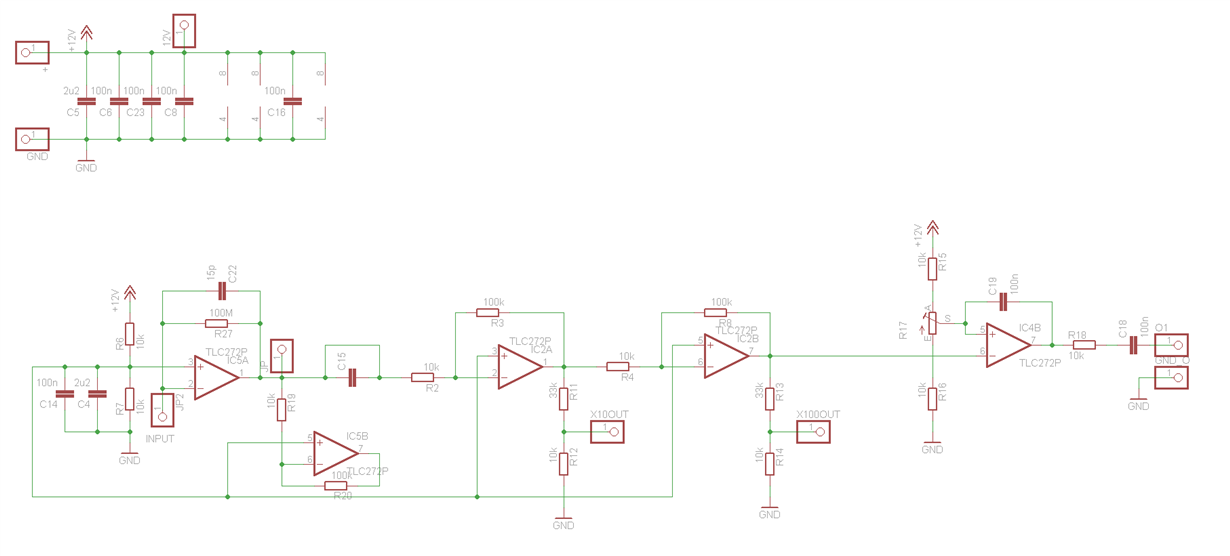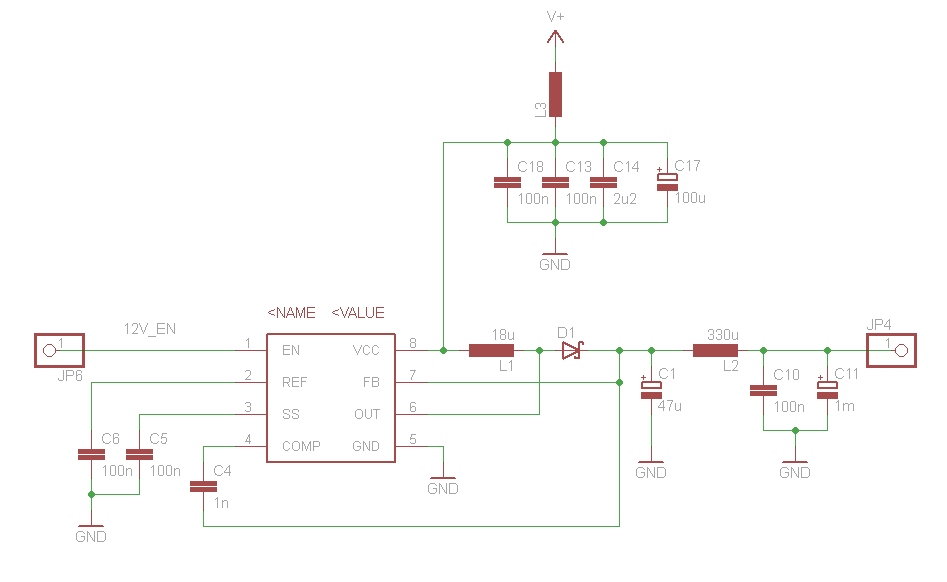Hi
I have build a small test device with a TPS6734 12V step-up, a LC filter and 3 TLC272.
After a few hours of operation, all 3 opamps died and now show the same symptoms:
They work fine with a supply voltage < 9.5V. Otherwise the "latch up" and the bench supply current limit prevents worse things to happen.
In this "latched up" state the supply voltage drops to 2.8V (it feels like 4 PN junctions) until i remove the power supply. I desoldered all three ICs and they all behave exactly the same. I checked the ouput of the LC filter for overshooting or spikes, but it is very clean.
The circuit was in a shielded box without any inputs or outputs connected (apart from the bench power supply with 3.6V an 200mA limit), and was working perfectly befor.
Is this a typical failure mode? Does anyone know the reason for this?
Many Thanks
Lukas



